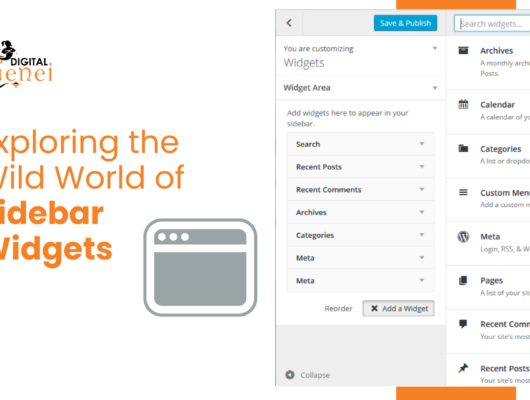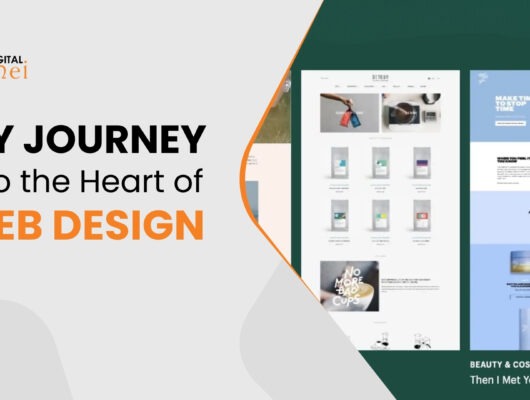Hiring a web designer is a critical step in bringing your online vision to life. However, just as in any professional collaboration, there are behaviors and practices that can irk even the most patient designers. This article sheds light on the common pet peeves of web designers and offers insights on how to foster a productive and harmonious working relationship.
1. Vague or Indecisive Briefs
The success of a project is determined by the clarity of the brief.
A vague or constantly changing project brief can be a major source of frustration for web designers. To avoid this, invest time in creating a clear, detailed brief that outlines your expectations, goals, and preferences.
2. Micromanaging Every Detail
Trust your designer. He has, after all, gone to school for this.
While providing input and feedback is crucial, micromanaging every aspect of the design process can stifle creativity and slow down progress. Trust in your designer’s expertise and give them the space to work their magic.
3. Ignoring or Disregarding Deadlines
Time is the scarcest resource and unless it is managed nothing else can be managed.
Consistently missing deadlines or failing to provide timely feedback can disrupt the workflow and lead to delays. Respect the agreed-upon timelines and communicate effectively to ensure a smooth project progression.
4. Frequent Scope Changes Without Adjusting Budget
Every addition to true knowledge is an addition to human power.
Expanding the project scope without adjusting the budget can lead to strained relationships. If you require additional features or changes, discuss them with the designer and be open to revising the project terms.
5. Not Providing Adequate Resources or Assets
Give me six hours to chop down a tree and I will spend the first four sharpening the axe.
Expecting a designer to work without providing the necessary resources, such as high-quality images or content, can hinder progress. Ensure you have all required elements ready before the project begins.
6. Disregarding User Experience (UX) Recommendations

Ignoring or dismissing UX recommendations from the designer can lead to a suboptimal user experience. Trust in their expertise in creating designs that are intuitive and user-friendly.
7. Not Providing Constructive Feedback
Feedback is the breakfast of champions.
Vague or overly critical feedback without clear suggestions for improvement can lead to frustration. Be specific about what you like or dislike and offer constructive suggestions for adjustments.
8. Expecting Immediate Results
Patience is not the ability to wait, but the ability to keep a good attitude while waiting.
Web design is a process that requires time and iteration. Expecting immediate results can lead to rushed and subpar outcomes. Allow the designer the necessary time to craft a quality product.
Conclusion: Cultivating a Productive Partnership
A successful collaboration with a web designer is built on mutual respect, clear communication, and a shared vision for the project. By avoiding these common pet peeves and fostering a positive working relationship, you can ensure a smoother and more fruitful design process.





